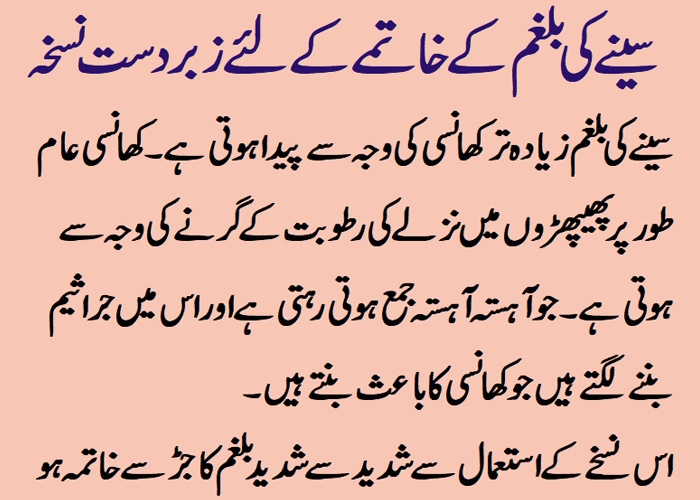
Gray hair is a natural consequence of the aging process, an inevitable journey we all embark upon. However, when those silver strands decide to make an appearance earlier than anticipated, it can trigger a wave of concern. Premature graying, characterized by the onset of gray hair before the age of 30, is a prevalent occurrence affecting a substantial segment of the population.
Premature Gray Hair Causes and Solutions
Although genetics undeniably wield significant influence, various other factors contribute to this premature transformation. This article delves into the multitude of reasons behind premature gray hair and explores potential solutions to this phenomenon.
Genetic Predisposition
One undeniable factor in premature graying lies within our genetic makeup. The hereditary component plays a pivotal role in determining when the first silver strands emerge. If your parents or grandparents experienced premature graying, there’s a higher likelihood that you might follow suit.
Stress
Stress, a ubiquitous companion in modern life, has been identified as a significant contributor to premature graying. The demands of a fast-paced lifestyle, work pressures, and personal challenges can expedite the graying process. Managing stress through relaxation techniques and mindfulness may potentially mitigate its impact on your hair’s color.
Nutrition
The adage “you are what you eat” holds true, even for your hair. Nutritional deficiencies, particularly in vitamins B12 and D, iron, and copper, have been linked to premature graying. Ensuring a well-balanced diet rich in these nutrients may act as a preventive measure against premature graying.
Environmental Toxins
Exposure to environmental toxins, such as pollution and harsh chemicals, can accelerate the graying process. Protecting your hair from these unseen culprits through regular cleansing and the use of natural, nourishing hair care products may help maintain its youthful color.
Untangling the Web of Health-Related Graying
Certain health conditions can contribute to premature graying, highlighting the intricate connection between our overall well-being and the color of our hair. Conditions like thyroid disorders, vitiligo, and autoimmune diseases may impact melanin production, leading to premature graying. Seeking timely medical intervention and managing underlying health issues can potentially slow down or prevent further graying.
Lifestyle Modifications
While we may not have control over our genetic predisposition, adopting a healthy lifestyle can significantly influence the onset of premature graying. Regular exercise, a balanced diet, and effective stress management can collectively contribute to maintaining the vibrancy of your hair.
Nurturing Your Tresses
Implementing a dedicated hair care routine can go a long way in preserving your hair’s natural color. Choosing sulfate-free shampoos, incorporating deep conditioning treatments, and avoiding excessive heat styling can help minimize the impact of external factors on premature graying.
Vitamin Deficiencies
Nutrient deficiencies, particularly those of B vitamins like B12 and folic acid, can contribute to premature graying. These vitamins play a crucial role in the production of melanin, the pigment responsible for hair color. Ensuring a well-rounded diet that includes leafy greens, nuts, and lean proteins can help maintain the health of your hair and delay premature graying.
Aesthetic Solutions
For those seeking more immediate solutions, professional treatments such as hair coloring and cosmetic procedures are readily available. These options can provide a quick fix, allowing individuals to regain confidence in their appearance while addressing premature graying.
Premature graying, though influenced by genetics, is a multifaceted phenomenon with various contributing factors. Understanding the intricacies of these causes empowers individuals to make informed lifestyle choices and explore suitable solutions. Whether through preventive measures or aesthetic interventions, managing premature graying is a personal journey towards embracing change while maintaining confidence and self-esteem.
FAQs
Can using hair dyes cause further damage to prematurely gray hair?
Hair dyes are generally safe when used according to the instructions. However, excessive use of chemical dyes or choosing products with harsh ingredients may contribute to hair damage. Opting for natural or ammonia-free dyes and providing adequate hair care can help minimize potential damage. If you have concerns, consult with a hair care professional.
How can I determine if my gray hair is due to a medical condition?
If you’re concerned about premature graying or suspect an underlying medical condition, it’s advisable to consult with a healthcare professional or dermatologist. They can conduct tests, assess your medical history, and provide personalized advice and treatment options.
Are there any effective treatments for premature gray hair?
While there is no cure for premature graying, certain treatments may help slow down the process or restore color temporarily. These include topical treatments, dietary supplements, and lifestyle changes. It’s essential to consult with a healthcare professional or dermatologist to explore options tailored to your specific situation.






